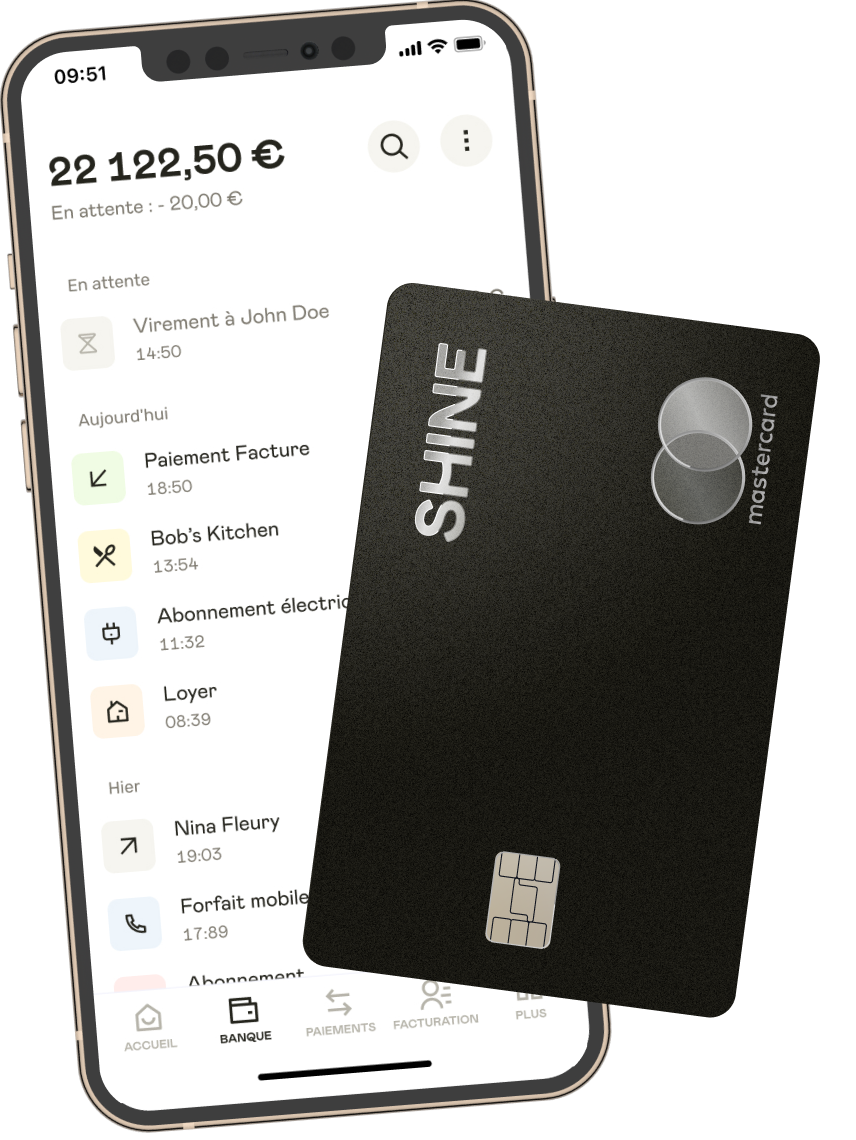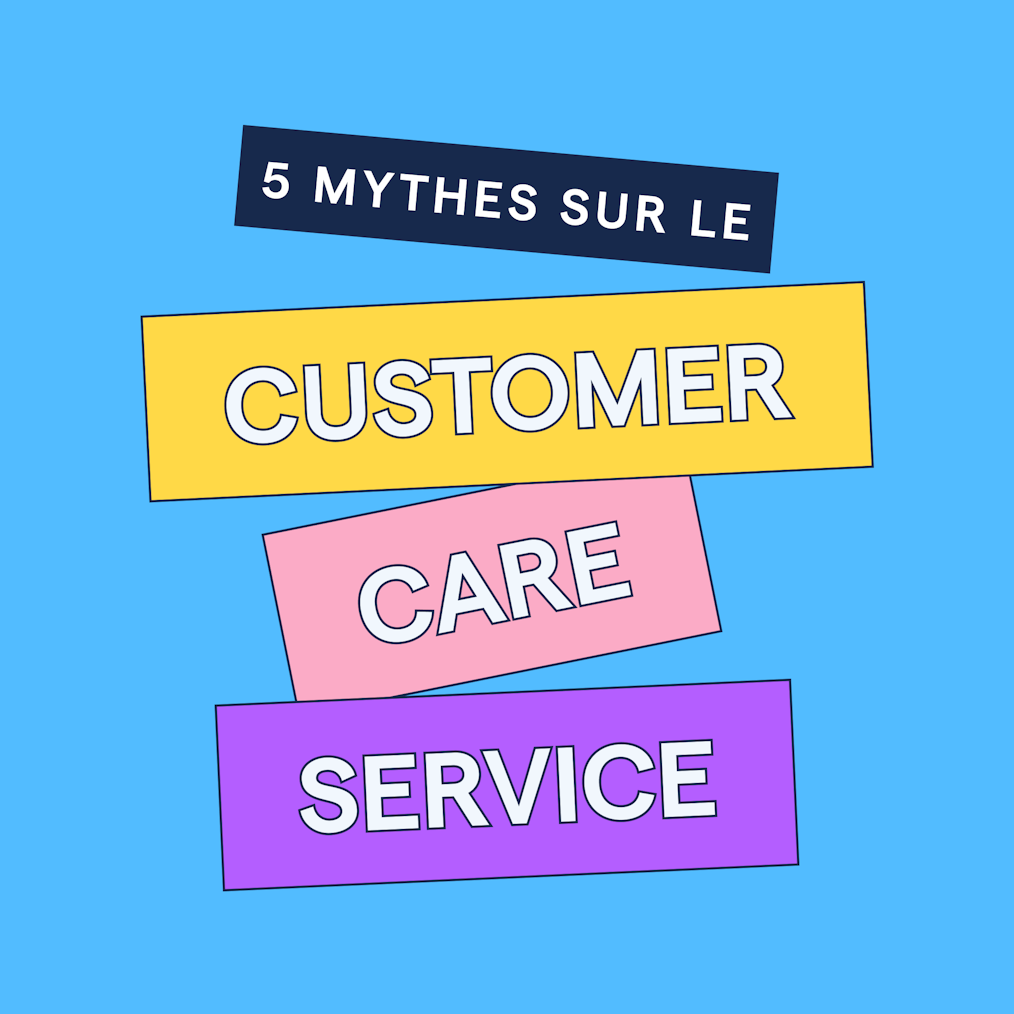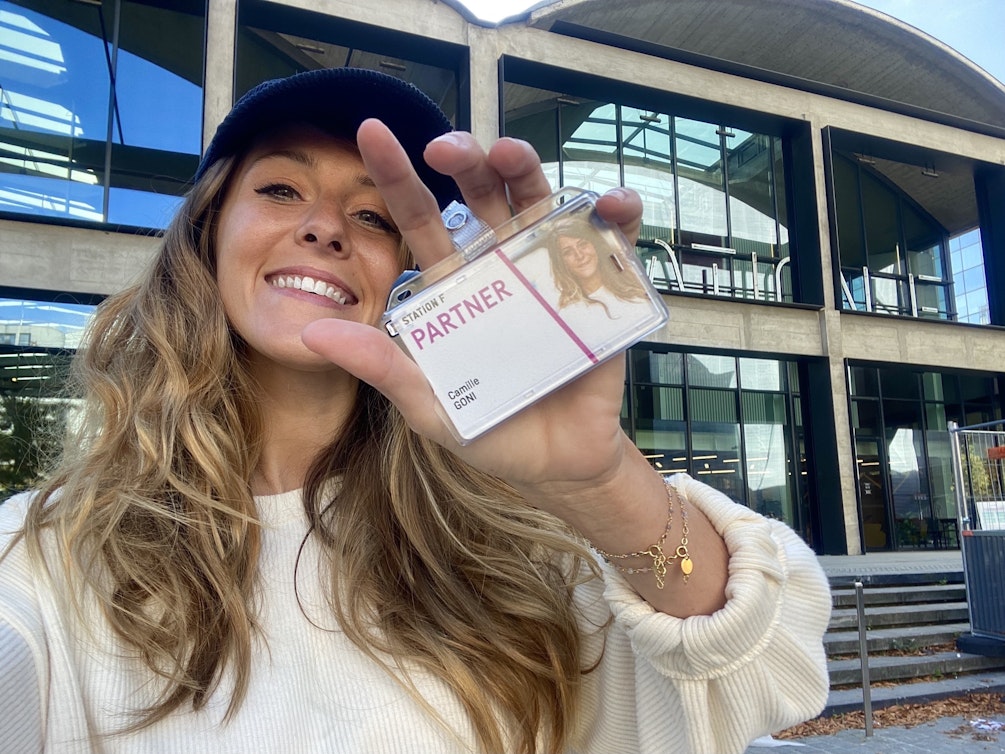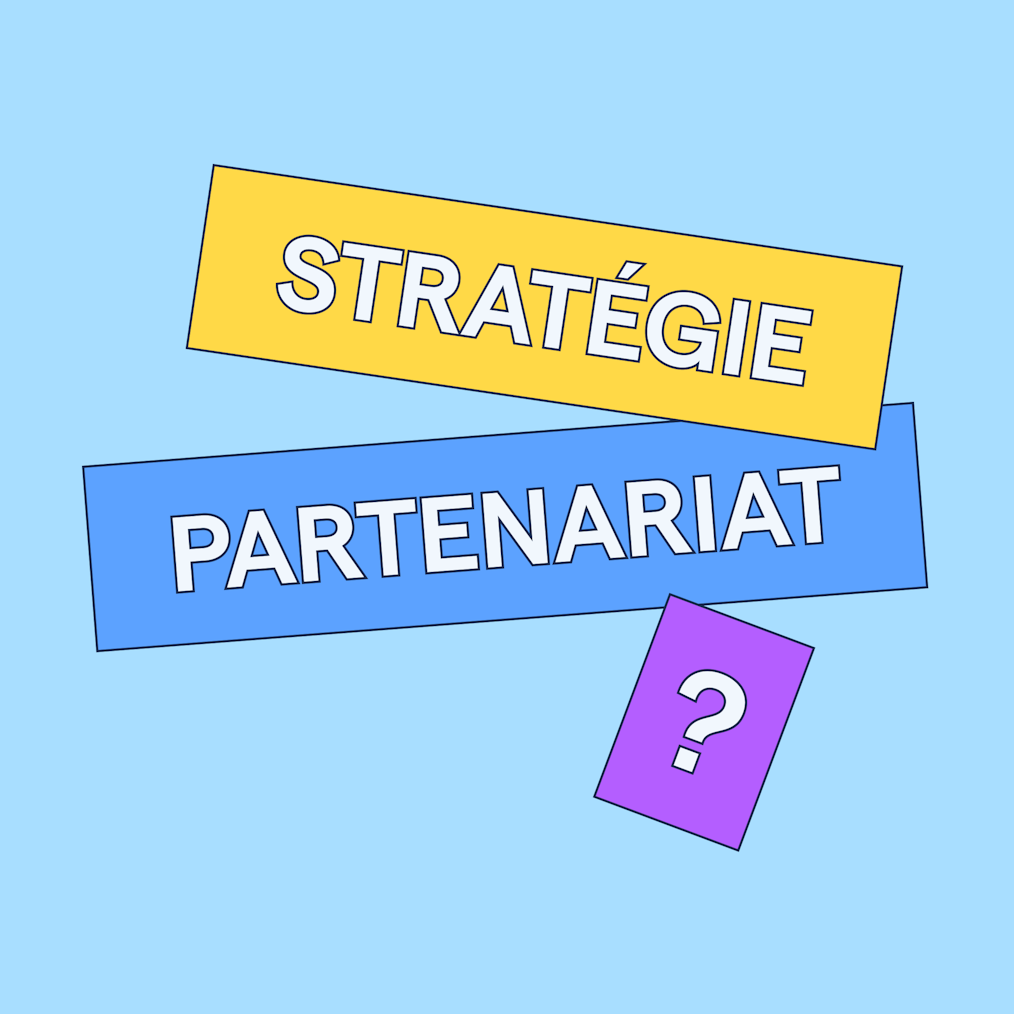How I became an itinerant designer
Publié le 10 février 2022
par Ilaria Baggio
6 min. de lecture
Publié par Ilaria Baggio
Mis à jour le 4 juillet 2023
6 min
I’m Ilaria, a Product Designer at Shine. So far I moved around a lot and lived in different countries. I feel that this nurtured me both in my life and as a Designer. This is what I would like to write about.
It’s personal, but it might be interesting to some.
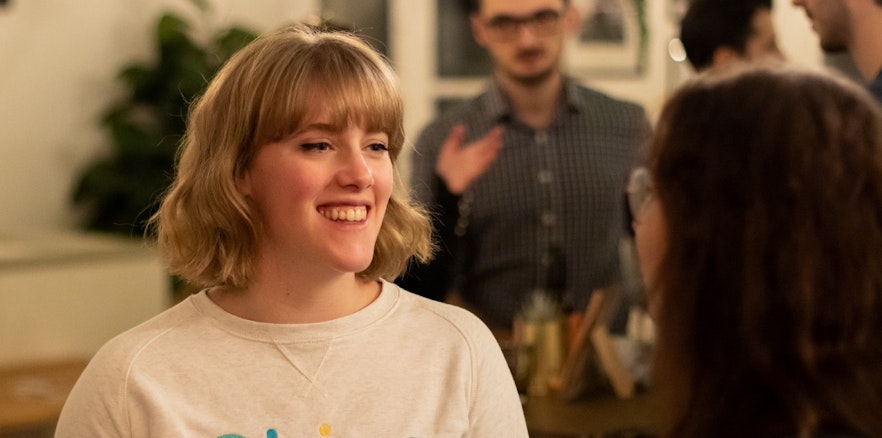
I was a curious kid. I remember going on road trips with my parents and wandering around the places I was seeing. Observing how different the daily life was, compared to my small town in Italy. Also people out there seemed different and interesting. I remember looking at night trains, imagining what spectacular adventures the passengers there were up to.
From an early age, I realised that the world was interesting and wide. But above all, I wanted to explore it!
Creative projects were also a great part of what I enjoyed doing. Like most kids, I loved to draw and to make sculptures with clay, create costumes and setup plays. I was lucky enough to be encouraged to follow that path. In my family, being an artist is valued as much as being a doctor, so I kept both of my interests alive. Being creative and discovering the world.
When I had to decide what to do in my life, I decided to find a creative profession that I could do anywhere: this way I could travel and live in different countries. Turns out that Interaction Design is something that can go across borders!
At 18 I moved out of my home town near Venice and I went to Florence for my bachelor’s degree in Industrial and Communication Design. Later I moved to Switzerland for my Master’s in Interaction Design.
When that experience ended, I decided to keep developing my creative career away from home, so I kept moving around Europe. The list of cities I’ve lived in is far less interesting than what I learned from it, so this is my take so far.
1. Observe and be empathic
Travelling and living in different countries makes you realise how different habits and social standards are. For example, in Switzerland people take off their shoes when entering someone else’s home as a sign of respect. In Italy it’s the total opposite, you wouldn’t take off your shoes, unleashing embarrassing smells…what if you have a hole in your socks?? People just can’t cope with that.
Being aware and exposed to the small cultural differences between the countries I’ve lived in, has helped me a lot in designing experiences. I realised I should observe and empathise before getting hands on with a project. For me researching and observing is fundamental. You’re not going to create something useful or innovative, not knowing who you are designing for or what is the problem you’re trying to solve. Also, to see the impact of what you’ve done you need to follow up on how it’s used… Or misused.
The key point here is to be patient, both with yourself and with others. Observing behaviour takes time and attention. Also, people need to get used to the strange animal that you are or to the new product/ design/ invention you are building. Observing and empathising starts at the beginning and it never really ends.
2. Get the basics down and go!
I think that once you find out what’s the environment and what are the challenges, a big chunk of the work is done. You have context. Doesn’t matter if you are moving to a new country, designing a brand or ideating a new chair. Once you get the basics down, try not to get caught up in loops of insecurity. Get up and go!
This also means learning how to use discomfort: being comfortable with being uncomfortable. When I moved to France I didn’t speak any French. Countless people told me that french people don’t speak English well, and they were wondering how I could survive with English alone. But I knew what my objective was and I knew how to do my job: these were my basics. Also, Shine seemed to be a company with very nice people, ready to take me onboard and help out if needed. I had everything I needed to fly my rocket!
3. Learn by doing
One of my biggest drivers when I decided to go study in Switzerland, was that in Italy design culture is very much based on research and theoretical studies, with very few hours in the design lab. In other design schools, especially in northern Europe, they have a different approach called “learn by doing” which is completely opposite to what I was used to.
What was interesting for me was to try combining both aspects of theory and doing. After 3 years of research and deep conceptualisation, I was eager to have a playground where to do stuff. Don’t get me wrong, knowing what kind of impact your product has, as a cultural means, which semantic it conveys, it’s super important. But eyes and hands need to be trained as much as the brain does.
When I move to another country I don’t fully plan everything. As I said, lay down the basics and learn on the go. It’s uncomfortable but it’s enough and it makes me more resourceful. Before applying for a house in France, I had no idea that you need to have a Garant or that in Berlin all shops are closed on Sunday, yes I arrived there on a Sunday. But these are all details you can figure out on the way.
Also in Design, it’s nearly impossible to plan everything ahead and definitely unthinkable to know in advance what will be the exact outcome of a project. If that’s the case, you’re not doing it right and definitely not having fun. It’s all about learning on the go and making the necessary adjustments to solve the problem you observed at the beginning.
4. Take some fresh air
What happens after 5 hours of Design Sprint-ing or a full day of brainstorming? You just think that all your ideas are bad and you will never get hold onto something good. Well, at least this is what I experience.
When it happens, it’s the clear sign that you need to get out and get some fresh air. This for me is something physical, I literally need to get out. Do some sports, cook something, have dinner with a friend, have a shower or plan a last minute trip to a place I’ve never been.
Taking some fresh air to me is also talking to people, asking for feedback, getting out of my head and being up for a healthy confrontation. Anything that can give me fresh oxygen and break away from what I was doing before and got me stuck.
5. Don’t just write, write poems
Developing your own style can be said in Italian as “sviluppare la propria poetica” (develop your own poetic language). For me, this means moving beyond the basics — just like poems transcend simple text. Engaging in little moments of wonder and finding the unexpected. For example, when travelling, look out of the window to soak in the landscape, instead of just focusing on getting where you have to.
When designing a digital product, surprise the users with delightful experiences, instead of only focusing on the main goal. A little spark of magic is so essential to the experiences you want to convey. “Beauty” is nothing less than “Function” and we definitely need both.
And so it is…
I think that this is all from me. Moving around was a way to push my boundaries, exploring the surroundings and getting close to my true self. Develop my poetica. Along the way I also met great friends that encouraged my path and became part of my family.
There are still a million things I need to be better at and I don’t want this article to sound like a life guide. I wrote it as a reminder and a memoir.
À la prochaine 😉

